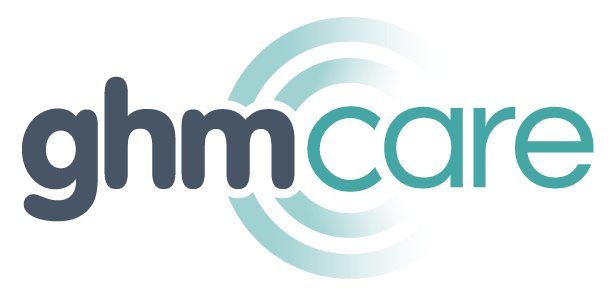Five reasons why a fit for purpose telephone system is the key to Matt Hancock’s “Tech-driven NHS”
Health and Social Care Secretary Matt Hancock announced last week that he is making more than £200 million available to the NHS to improve technological standards across the board.
Mr Hancock stated that the NHS “must make use of the best technology available to support some of our most basic needs”.
Having spoken with hundreds of local GP surgeries and medical centres over the past few weeks, some of which were using telephone systems so overwhelmed that we were kept on hold for upwards of fifteen minutes before we were able to speak to a receptionist, we have comprised a list of five reasons why a fit for purpose telephone system should be at the epicentre of Mr Hancock’s technological overhaul of the NHS.
- Auto attendants can’t keep up with the volume of callers trying to reach their local practice:
The first contact millions of patients up and down the country have with the NHS, is with an auto attendant. Auto attendants have been in place since the 1980s, and in most cases they offer little extra functionality than they would have done 30 years ago. Callers are kept on hold for 5, 10, 15 minutes etc. with no idea of how long it will be until they will get put through to the extension needed.
Updating a phone system so that it is capable of cloud-based call queuing removes this frustration by enabling practices to notify callers of where they are in line to speak to someone, whilst also better managing the volume of incoming calls. This additional functionality makes a significant difference for both those making and receiving calls, with patients made fully aware of how long they will be waiting, and receptionists kept informed of how many callers they have on the line.
Practices with a well-managed call queuing system in place have seen a reduction in the number of patients who hang up and then call back during busy periods, whilst call management software enables a record of missed calls to be generated so that patients can be called back.
- Integrating systems leads to improved working practice:
NHS England has pledged £45 million towards the training of reception and clerical staff to carry out additional roles, most notably a triage service for incoming patient calls.
Phone systems are capable of much more than just making and receiving calls, and should be used to assist receptionists with this additional responsibility. Modern business telephony software is sophisticated enough to integrate with existing patient record databases used within surgeries (usually EMIS or SystmOne), so that when a patient calls their number is recognised and their key information displays on the computer screen for the receptionist to see. This has seen a reduction of the average talk time by twenty seconds per call, as receptionists are given the tools to carry out this triage process more efficiently.
- Cost:
In addition to offering improved functionality, modern phone systems using VoIP are significantly cheaper to run and easier to maintain than many existing systems in place at practices. Some of the clients we have worked with have seen savings upwards of £45,000 across the lifetime of their system, whilst enjoying increased functionality.
- Mobile workers should be reachable at all times:
Like many organisations, the NHS has staff who regularly operate away from their desks due to the nature of their roles. Health Visitors, for instance, spend significant periods of their working week at case conferences or visiting new parents, whilst many practice managers oversee more than one practice and need to be reachable at multiple sites or whilst on the move.
Modern unified communications systems make reaching such workers at all times possible, regardless of their whereabouts. Traditionally incoming calls were only able to be transferred to an extension within the practice, however, calls are now able to be transferred to any linked device with an internet connection.
- Reliability and After service:
Modern telephone systems are not only more functional and cost effective, but they are also more reliable and easier to maintain than many existing systems.
Hosted solutions reduce the amount of hardware required on site. Simply put, less hardware means less to go wrong. With an average maintenance remote response of just 17 minutes, on-site maintenance response of less than 4 hours and an average fix time of under 6 hours, in the rare instance of a system fault GHM Communications are able to resolve the majority of faults remotely, crucially reducing the downtime of phone lines.
